Introduction
Pigeons, with their ubiquitous presence in cities worldwide, are known for their daytime activities, but the realm of their nocturnal behavior remains a topic of interest and exploration. We delve into the fascinating world of pigeons, shedding light on their nighttime activities and shedding new insights on these feathered denizens of our cities when the sun goes down. The cooing pigeons and their fluttering wings have become a quintessential part of the urban soundscape, with their diurnal behaviors often on full display as they forage for food, preen their feathers, and perch atop buildings.
Yet, as the sun sets and the city’s landscape transforms into a nocturnal realm, questions arise about the pigeons’ activities during the night hours. Do they continue their flights, or do they retreat to hidden roosts in the dark. Unique perspective on these adaptable birds, revealing their survival strategies and shedding light on their lesser-known nocturnal exploits. Join us as we embark on a journey to uncover the mysteries of whether pigeons take to the night sky, their behaviors and adaptations after dusk falls.
The world of pigeons, often regarded as a ubiquitous presence in urban landscapes, is a subject of fascination and curiosity. While we often witness these birds during the day, pecking at breadcrumbs in the park or perched atop city buildings, a shroud of mystery surrounds their nocturnal activities. Whether pigeons fly at night, venturing into the darkness beyond our view. In our quest to unveil the enigma of pigeon behavior after dusk, we embark on an exploration into the hidden world of these resilient city dwellers, seeking to discover whether they take to the skies under the cloak of night.
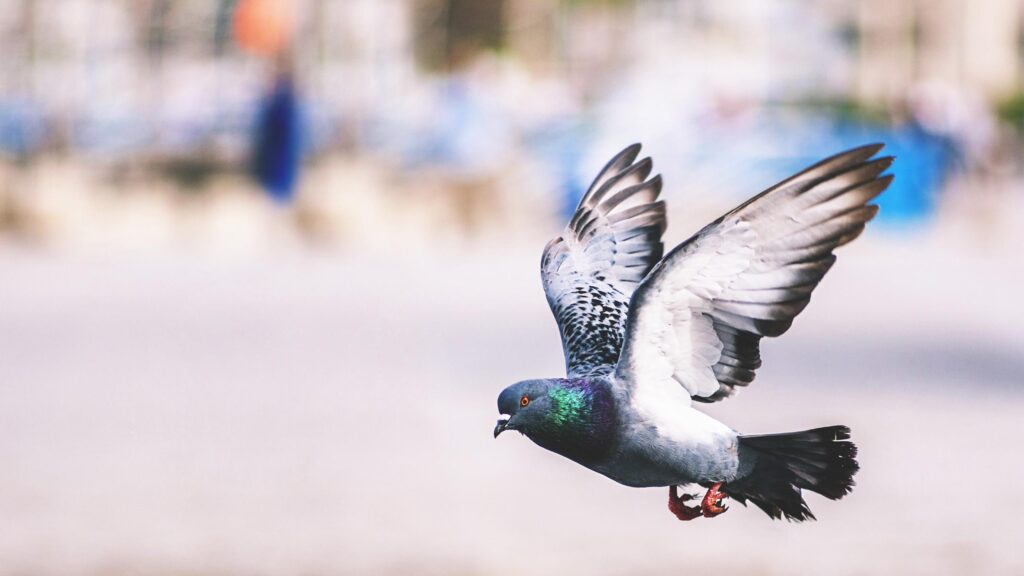
Is it normal to see a pigeon at night?
They are able to use the moon and street lamps to navigate once night falls, but you will generally not see a pigeon active in the dark unless it has been startled or scared from its roosting spot.
It is not particularly common to see pigeons actively flying around at night. Pigeons are diurnal creatures, meaning they are primarily active during daylight hours. As the sun sets and darkness descends, pigeons tend to seek shelter and roost in safe, hidden spots where they can rest undisturbed. This behavior is an adaptation to reduce their vulnerability to nocturnal predators that are more active after dark.
There are exceptions to this general rule. In some well-lit urban areas, especially those with abundant artificial lighting, pigeons may remain somewhat active during the night. The presence of city lights can disrupt their natural circadian rhythms, leading to occasional night time flights. If pigeons have found a consistent source of food or water that remains accessible at night, they might venture out after dark to feed.
Seeing pigeons at night, though not the norm, is not entirely unusual, especially in heavily urbanized environments. Nonetheless, their nighttime activities are typically limited, and they are far more active and visible during the daytime when they engage in foraging, socializing, and other diurnal behaviors.
What happens to pigeons at night?
Because pigeons don’t sleep in their nests, they need to find other locations to spend the night and get some rest. Pigeons look for shelters that will keep them warm throughout the night while also protecting them from predators. They often find this shelter on roofs of homes and other buildings.
One of the most notable changes in a pigeon’s nighttime routine is roosting. Pigeons seek sheltered locations, often high up on buildings, ledges, or trees, to rest and sleep during the night. These roosts provide protection from potential threats like owls, raccoons, and other nighttime predators.
While roosting, pigeons tuck their heads under their wings and become relatively still, conserving energy for the following day. This restful state is essential for their overall well-being and helps them maintain their strength for the activities of daylight hours.
Although pigeons are generally less active at night, they may occasionally move around within their roosting areas, adjust their positions, or take short flights. These movements serve various purposes, including redistributing heat, maintaining balance, and ensuring their comfort while roosting.
Can pigeons sleep while flying?
It is commonly assumed that flying birds maintain environmental awareness and aerodynamic control by sleeping with only one eye closed and one cerebral hemisphere at a time. However, sleep has never been demonstrated in flying birds.
Pigeons, like most birds, cannot sleep while flying in the same way humans sleep at night. Sleep is essential for pigeons’ health and well-being, but they have evolved mechanisms to rest and recover while in flight. These avian adaptations allow them to balance the need for rest with the demands of their migratory or foraging activities.
Pigeons practice unihemispheric slow-wave sleep, a unique sleep pattern observed in many birds and marine mammals. This means that only one hemisphere of their brain sleeps at a time while the other remains alert and awake. During flight, pigeons can partially shut down one side of their brain while the other side stays active to navigate, avoid obstacles, and respond to potential threats.
Pigeons tend to engage in deeper sleep and more restful periods when they roost in safe locations, such as at night. During these times, both brain hemispheres can enter more profound sleep cycles, promoting physical and mental recovery. This way, they can rest and maintain some level of awareness simultaneously.
Do pigeons not sleep at night?
Like all living creatures, pigeons sleep. they sleep on a ledge, or if they are nesting, on their nest. they lay down on their underside, lid a resting chicken and snuggle in shut their eyes and sleep. They tend to sleep from dusk to dawn, waking up ready to roll when the sun rises and its light floods their vision.
Pigeons do indeed sleep at night, but their sleep patterns and habits differ from those of humans and many other animals. Pigeons are primarily diurnal, which means they are most active during daylight hours. As the sun sets and darkness envelops their surroundings, pigeons undergo a change in behavior.
At night, pigeons seek out safe and sheltered roosting spots where they can rest and sleep. These roosts are typically located in elevated locations like building ledges, tree branches, or cliffs, offering protection from nocturnal predators. While pigeons sleep, they tuck their heads under their wings and remain relatively still, conserving energy for the following day.
Pigeons also exhibit a unique sleep pattern known as unihemispheric slow-wave sleep. This means that only one hemisphere of their brain sleeps at a time while the other remains alert and awake. This adaptation allows them to maintain some level of awareness and responsiveness, ensuring they can respond to potential threats even while resting.
How do you scare pigeons at night?
Scare devices like flashing lights and motion-activated noise deterrents are highly effective at keeping pigeons out of warehouses. Pair these devices with other deterrents like gel strips or spikes and place them in areas the pigeons like to frequent.
Lighting: Pigeons prefer roosting in dark and sheltered areas to avoid nocturnal predators. Installing motion-activated lights or using steady, bright lighting can make their roosting spots less appealing.
Sound: Pigeons can be sensitive to loud and unexpected noises. Devices like ultrasonic bird repellents or motion-activated sound machines can startle them and discourage roosting. You can use sounds of predators or distress calls of pigeons’ natural enemies to deter them.
Physical Barriers: Installing physical barriers like bird spikes, netting, or wires on roosting sites can make it difficult for pigeons to land or perch comfortably.
Scarecrows or Decoys: Placing realistic owl decoys or scarecrows in the area can create the illusion of a predator and discourage pigeons from settling in that spot.
Repellent Sprays: Certain bird repellent sprays or gels, when applied to roosting surfaces, can make the area uncomfortable for pigeons, discouraging them from returning.
Habitat Modification: Remove food sources and water from the area, as pigeons are attracted to places with easy access to food. Ensure that trash bins are secured and that there are no leftover food scraps.
Why do pigeons make noise at night?
It’s socializing. Most birds want to flock, they are content to be together. A lot of different birds make a cooing or purring sound to indicate contentment. Also from a distance it attracts fringe birds to the flock.
Communication: Pigeons use vocalizations to communicate with each other. At night, when they are roosting together in large groups, they may coo softly or engage in gentle murmuring sounds as a means of maintaining social bonds and connections within the flock.
Defense: Nocturnal noises can serve as a defense mechanism. If they sense a potential threat or disturbance, pigeons may become more vocal to alert others in the flock and deter the threat.
Mate Attraction: Pigeons may also engage in cooing and vocal displays during the night as part of their mating rituals. These sounds can serve to attract potential mates and establish territorial boundaries.
Stress or Discomfort: Unusual noises at night can sometimes indicate stress or discomfort among pigeons. This could be due to changes in their roosting environment, the presence of predators or disturbances, or even discomfort from harsh weather conditions.
Environmental Factors: Pigeons’ vocalizations can be influenced by environmental factors, including the soundscape of the urban environment. They may adjust their noise levels in response to the presence of other urban sounds or disturbances.
Why do birds stay awake at night?
Of course, not all birds sleep at night. Nocturnal birds like owls and whip-poor-wills hunt at night, so they are up and about when much of the rest of the bird world is trying to catch some shut eye. Adult owls sleep much like other perching birds, hidden away in a sheltered spot and grasping onto a branch.
Nocturnal Predation: Many birds of prey, such as owls and nightjars, are nocturnal hunters. They have adapted to hunting in low-light conditions and have excellent night vision, which allows them to catch prey like rodents, insects, and small mammals that are active during the night.
Feeding Opportunities: Some bird species, particularly those that feed on insects attracted to artificial lights or flowers that bloom at night, have adapted to take advantage of nighttime food sources. This behavior enables them to avoid competition with diurnal species for resources.
Migratory Behavior: During long migrations, some birds fly at night to avoid daytime predators and take advantage of cooler temperatures and favorable wind conditions. This nocturnal behavior helps them cover long distances more efficiently.
Breeding and Nesting: Certain bird species engage in night-time activities during the breeding season. Night herons, for instance, are known to forage and tend to their nests during the night to avoid daytime disturbances and predators.
Environmental Factors: In regions with extended daylight hours during the summer or prolonged periods of darkness during the winter, some birds may adjust their daily routines, leading to increased nighttime activity.
Are pigeons bothered by loud noises?
Pigeons are city birds, they’re used to loud noises and they don’t startle easily so unfortunately, no amount of noise is likely to drive them away. Ultrasonic Noises, Ultrasonic noise may seem like a great way to scare off pigeons but sadly, this method doesn’t work either.
Startled Reactions: Loud noises, such as fireworks, thunder, or construction activities, can startle pigeons. When pigeons are caught off guard by a sudden loud sound, they may take flight erratically or seek refuge in a panic. This can disrupt their daily routines and potentially lead to accidents or injuries.
Stress and Disruption: Pigeons are known for their adaptability to urban environments, but excessive noise can still stress them. Prolonged exposure to loud sounds can disrupt their feeding, mating, and nesting behaviors, affecting their overall well-being and reproductive success.
Sleep Disturbance: Noisy urban environments can interfere with pigeons’ nighttime roosting habits. Loud disturbances during the night can cause sleep disruption, leading to fatigue and potential health issues over time.
Nesting Disruption: Pigeons often nest in elevated locations, including building ledges. Construction or other loud activities near their nesting sites can lead to abandonment of nests and disruption of their breeding efforts.
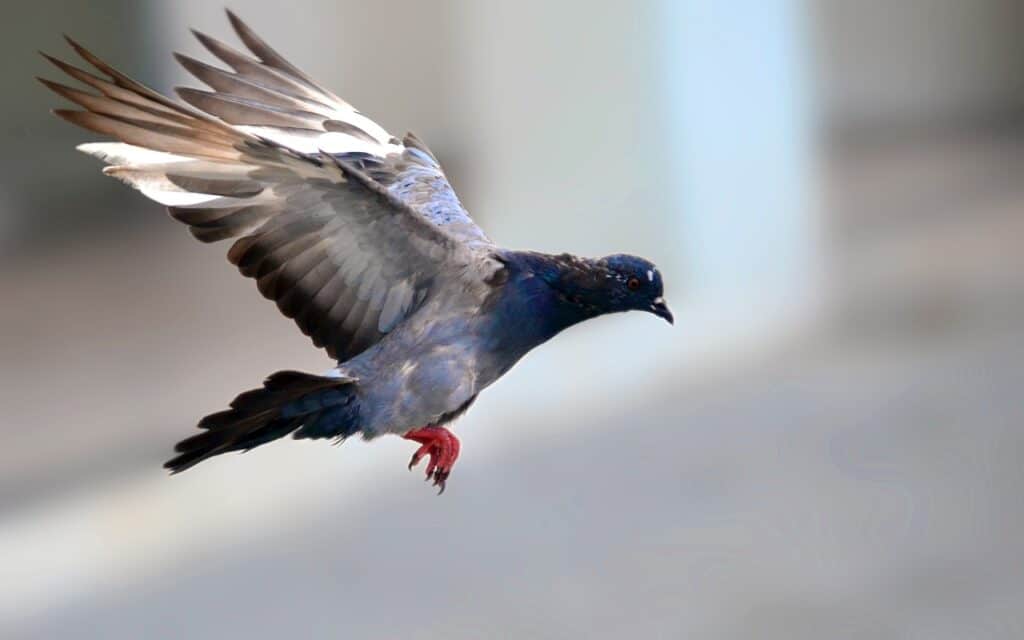
Conclusion
Whether pigeons fly at night has led us on an intriguing journey into the world of these urban avian inhabitants. While pigeons are primarily diurnal creatures, engaging in activities such as foraging, socializing, and sunning during the day, they do not completely shy away from the cover of darkness. Pigeons are known to roost at night, often in concealed and sheltered spots, where they can rest safely from potential nocturnal predators. However, some pigeons may still take to the night sky for brief flights, particularly in well-lit urban environments.
This behavior can be influenced by various factors, including food availability, environmental conditions, and individual differences among pigeons. The occasional nighttime flights of pigeons remain a testament to their adaptability and resilience in the face of ever-changing urban landscapes. The nocturnal habits of pigeons reminds us of the intricate ways in which wildlife adapts to urban life, often surprising us with their abilities to navigate and thrive in our concrete jungles.
To coexist with these feathered neighbors, it’s essential to appreciate and understand their behaviors, whether under the bright sun of day or the shadowy cloak of night, as they play a unique and often unnoticed role in the vibrant tapestry of our cities. The study of pigeons nighttime behaviors not only deepens our understanding of these remarkable birds but the impact of urbanization on wildlife. As cities expand and illuminate the night sky, they inadvertently create new environments that challenge the natural rhythms of many species, including pigeons.

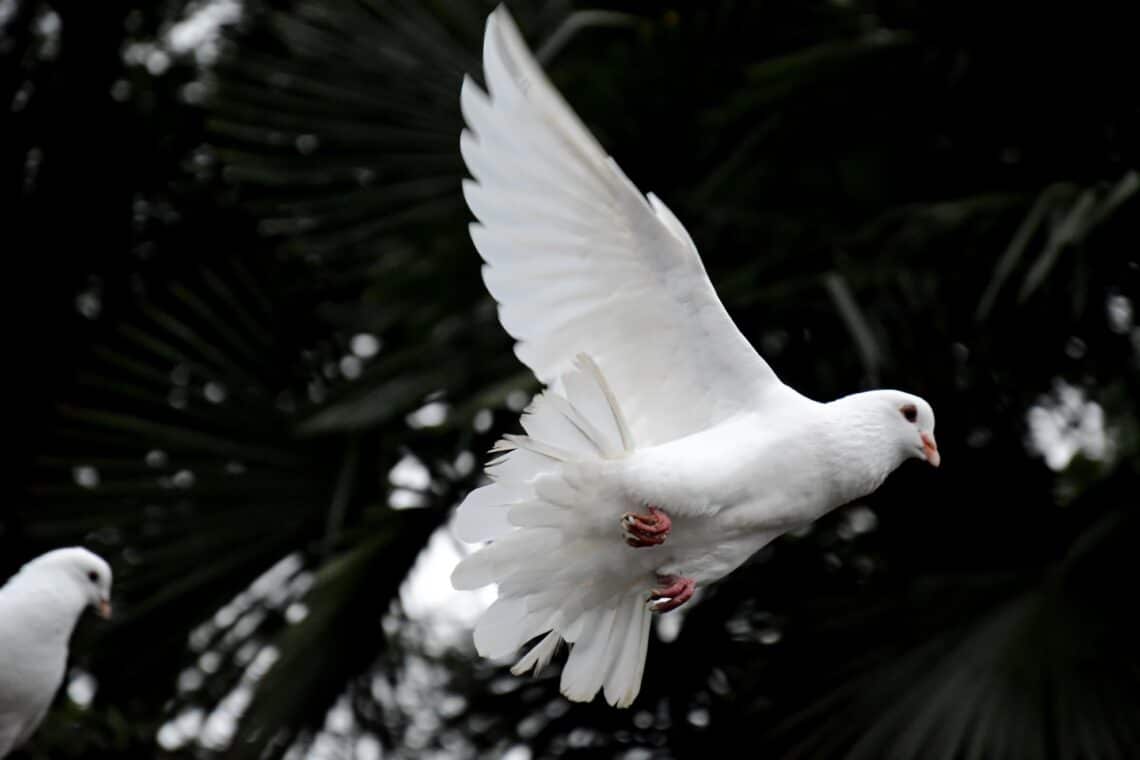

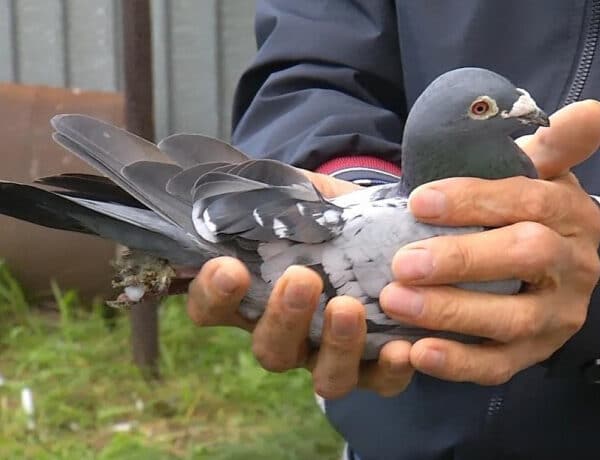
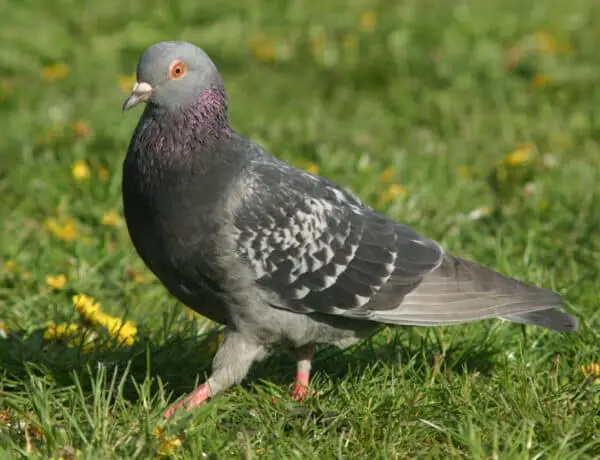
No Comments